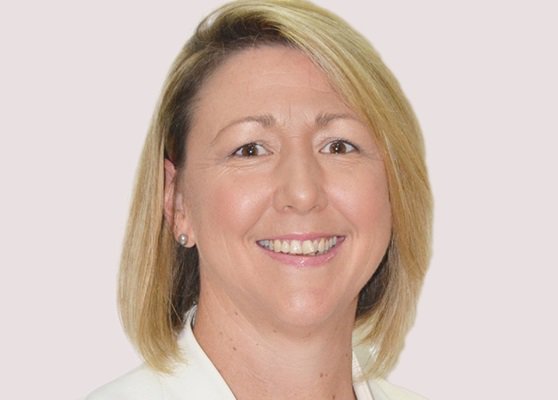
IBTM Arabia: Measuring the value of events
Answering the question ‘What value does an event have?’ can be challenging – how do you measure something where the concept of success is difficult to pin down, and there are so many potential outcomes?
For some, it’s enough to know huge benefits are gleaned from meeting buyers face to face in an environment tailor-made to your needs, and this is fine up to a point, but if we are to justify budgets and time away from the office, some form of realistic measurement of the value of events is necessary.
eTN Chatroom: Discuss with readers from around the world:
Danielle Curtis, Exhibition Director – Middle East, Arabian Travel Market & IBTM Arabia looks at the measurement options available and gives examples of how to use them.
Events are commonly measured in terms of Return on Investment (ROI), and, more recently, Return on Objectives (ROO). ROI takes a narrow view of the outcome of the event. It simply compares how much budget you put in, with how much you grew that investment as a result of the event. For example, the cost of the event’s package that enables you to have one-to-one meetings with hosted buyers, compared with the revenue generated as a consequence of those meetings. Create a ratio and that’s your ROI.
Seemingly straightforward, but the reality is a bit more complex. ROI doesn’t take account of the full value of new relationships that turn out to be long term, and has no way of adding a monetary value to the indirect referrals you may receive as a result of those meetings. ROO is a little more open minded. It’s an approach that measures the success of an event based on a defined set of objectives, other than just financial return.
To show ROI or ROO, or both, you must have something to measure from the event. Measuring sales deals secured against the cost of the events to reveal ROI is straightforward, but if your objectives are less tangible or unquantifiable, such as to educate buyers on your product range or to raise market awareness, you will need to build in specific elements that are measurable. There are several established ways to do this and if you understand your goals and content, it is likely you will be able to work out your own methods. To get you started, here are some ideas:
Set goals to be achieved during the event
Set particular outcomes for face-to-face meetings, for example, aim to agree a certain number of follow up meetings after the event or for a specific number of buyer meetings to lead to detailed explanations of a product, service or process. So, you could set your objective at 20 follow up meetings, or 32 buyers asking for deep and lengthy product presentations and measure whether you achieve this. Be sure to clearly understand what level of engagement you consider a success.
Lots of different types of buyers attend events and networking sessions, some will be more relevant to your business than others, so you can set goals for exchanging contacts with specific target audience members. For example, a destination management company with specialisms in luxury tailor-made experiences may wish to connect with 10 buyers that represent high end corporate clients. It’s a worthwhile objective that’s easy to measure.
Survey your delegates
Surveys and tests held during the event, or in the months and weeks after it, are another reliable way to determine whether an educational or informative objective – such as market awareness of a brand or new product launch – has achieved its goals and to what effect. To show a qualitative correlation between the event and achievement of the desired outcome, many choose to survey delegates immediately before the event and immediately after. A change in their answers (hopefully in the required direction) is a reliable measure of the event’s effect.
We spoke to Rajesh W. Pereira, CEO of Matrix AVE about how he assesses ROI or ROO from attending IBTM Arabia: “Matrix AVE has attended the show since the early days. We don’t expect business overnight, but my objective is to let Hosted Buyers know who we are; it’s a marketing exercise first and foremost. We want to make connections with buyers in new markets, and we are especially interested in inbound DMCs in countries like Russia – who are now able to get a visa on entry into the UAE, making it easier and cheaper to do business with them.
“We have many more leads as a result of attending, and we regularly follow up with the contacts that we have made at IBTM Arabia.
“We really enjoy participating in all the social events at IBTM Arabia, the evening networking events and the discovery days, this is because everyone is out of their comfort zones, and you inevitably meet people who are not on your radar, or your diary, and you end up discussing how fun the activities have been and before you know it you’ve made a new and unexpected business connection.”
There you have it, the two primary methods of measuring event success in a nutshell, whether you choose ROI, ROO or a combination of both, you will find the insight provided by the results is a powerful tool to make constant improvements to your event success.
IBTM Arabia is part of IBTM’s global portfolio of meetings and events industry trade shows and the most established event of its kind in the MENA MICE industry. At its 2018 event, 63% of buyers placed business with exhibitors at an average value of £86,000 per piece of business. The event will take next year place at Jumeirah Etihad Towers from 25-27 March and will bring together exhibitors from Egypt, Tunisia, Morocco, Turkey, Russia, central Asia, Georgia, Armenia and Cyprus, as well as the UAE and GCC, for three days of mutually-matched meetings, exciting cultural activities, networking events and inspiring educational sessions.
